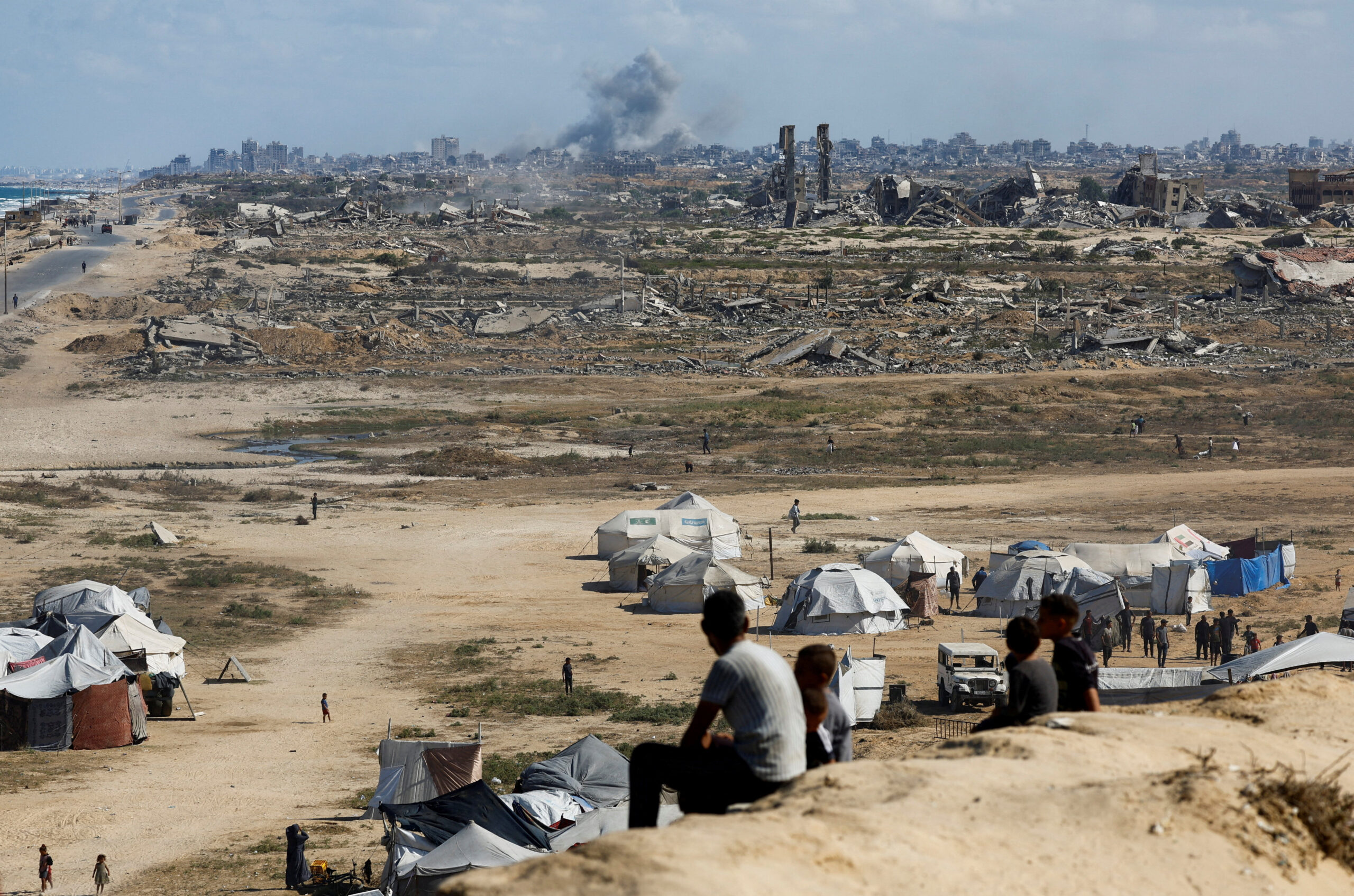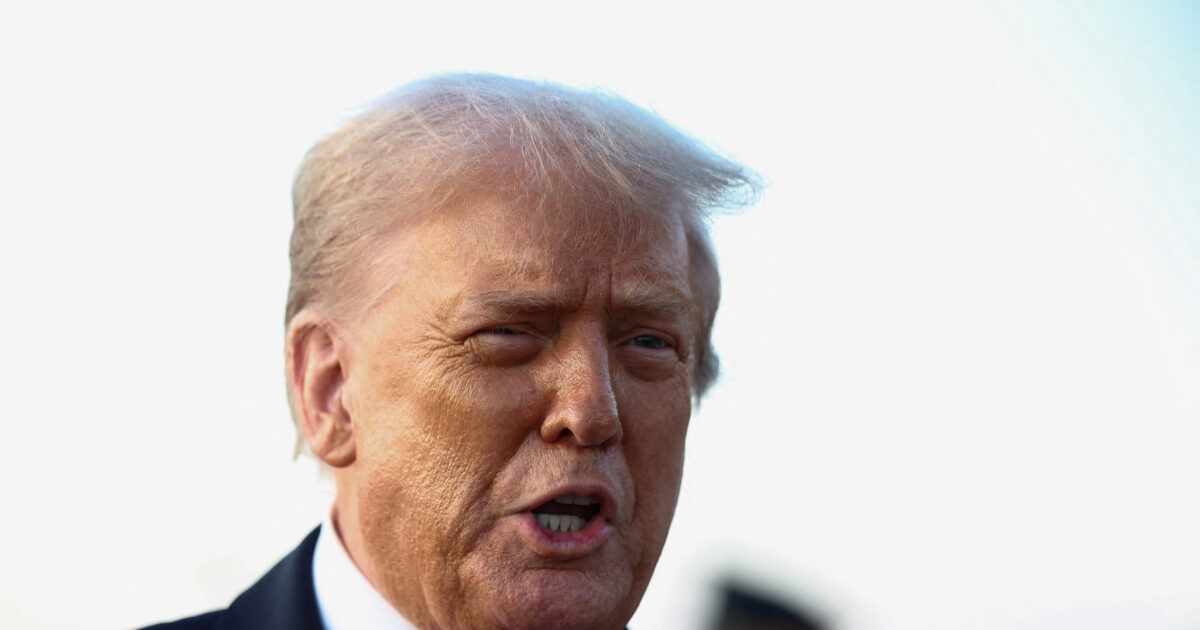As the negotiations between Israel and Hamas continue in Cairo, under the mediation of Egypt and Qatar, Donald Trump It expands its initiative well beyond the simple release of hostages.
Donald Trump’s plan no longer only aims to achieve a temporary truce between Israel And Hamas, but in the radical reform of Gaza’s governance and peripheral power balances.
In its analysis, the progressive Israeli newspaper Haaretz explains that the first phase of the plan – the creation of a temporary international authority in Gaza – remains theoretical at present. The plan, however, is part of a much wider strategy: the formation of a new regional order of things around Washington’s Arab allies, with the backdrop of Trump’s personal ambitions, including the pursuit of the Nobel Peace Prize.
The growing influence of Arab states
Adopting the positions of Saudi Arabia, Qatar and Egypt, Trump is alleged to have offered the great Arab forces unprecedented diplomatic gravity, surpassing in some cases even Israel.
Haaretz notes that Arab priorities have now overpowered Israeli arguments for security; the White House is now interpreting the continuation of war in Gaza not as a strategic necessity, but as an internal political choice of Israel.
This shift culminated when Trump publicly ordered Israel to stop the bombings in Gaza, an unexpected move that surprised both Benjamin Netanyahu and the Arab leaders. In practice, this announcement saved the negotiations by lifting one of the key obstacles that Hamas had set, which demanded guarantees from the US before accepting any agreement.


New balances between Israel and his neighbors
According to Haaretz, the Arab states are now functioning as a single pole of influence, capable of competing with Israel in Washington. Their massive financial commitments, coupled with international fatigue against war, have eroded Israel’s traditional diplomatic supremacy in the United States.
This new regional front has already brought tangible results:
- the recognition of Syrian President Ahmad al-Sarah and the partial lifting of sanctions against Damascus
- the withdrawal of the Israeli plan “Gaza Riviera”
- And Trump’s statement that he is opposed to any annexation of the West Bank, thus charting the boundaries of a new regional status quo.
Hamas seeks to maintain the role of
At the same time, Hamas is trying to take advantage of the new situation to her advantage. The Islamist movement in principle accepts the creation of a technocratic interim administration in Gaza, but denies disarmament and seeks to maintain a political role in the local scene.
The American plan provides for the establishment of an “International Peace Authority”, with a symbolic leadership of Trump and Commander Tony Blair, but its implementation in practice remains extremely uncertain. For Hamas, any decision on the future governance of Gaza must be taken by the Palestinian national institutions, whom he considers to be a member.
A diplomacy in constant transformation
Haaretz characterizes this situation as a key geopolitical shift: Trump has managed to place the Arab states at the center of the diplomatic game, limiting Israel’s monopoly in Washington.
However, the truce remains fragile, and the flexibility of the US president could lead the plan in unpredictable directions.
“Perhaps Trump has not yet brought peace,” Haaretz concludes, “but he has already decided who will form the Middle East of tomorrow.”
